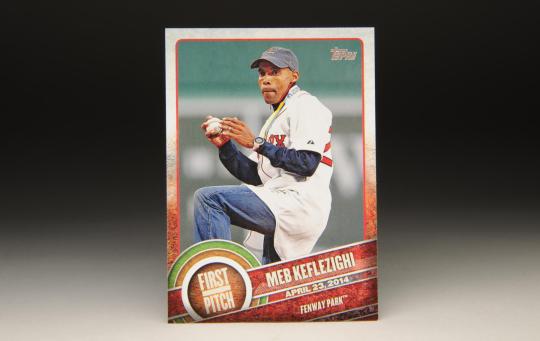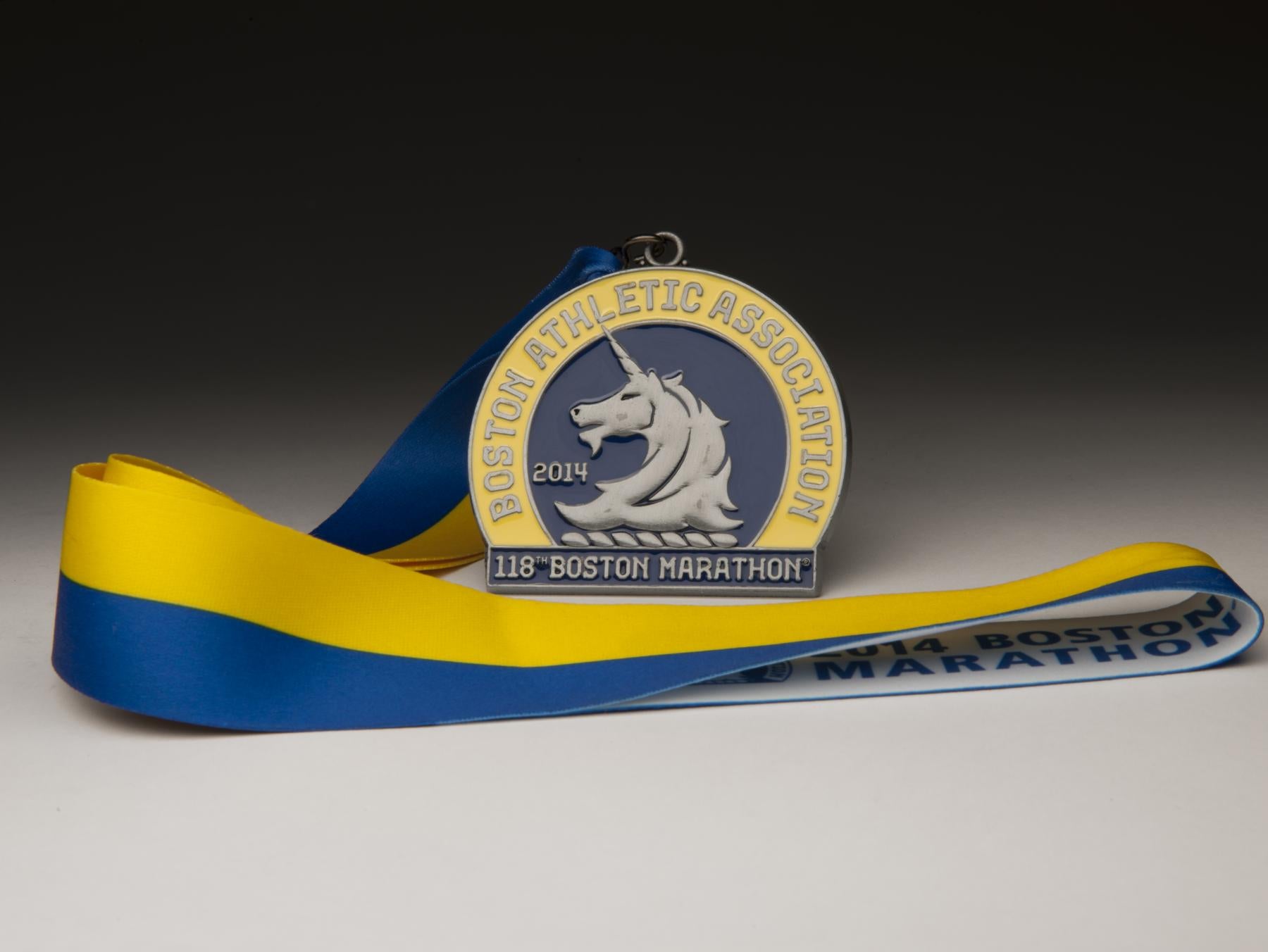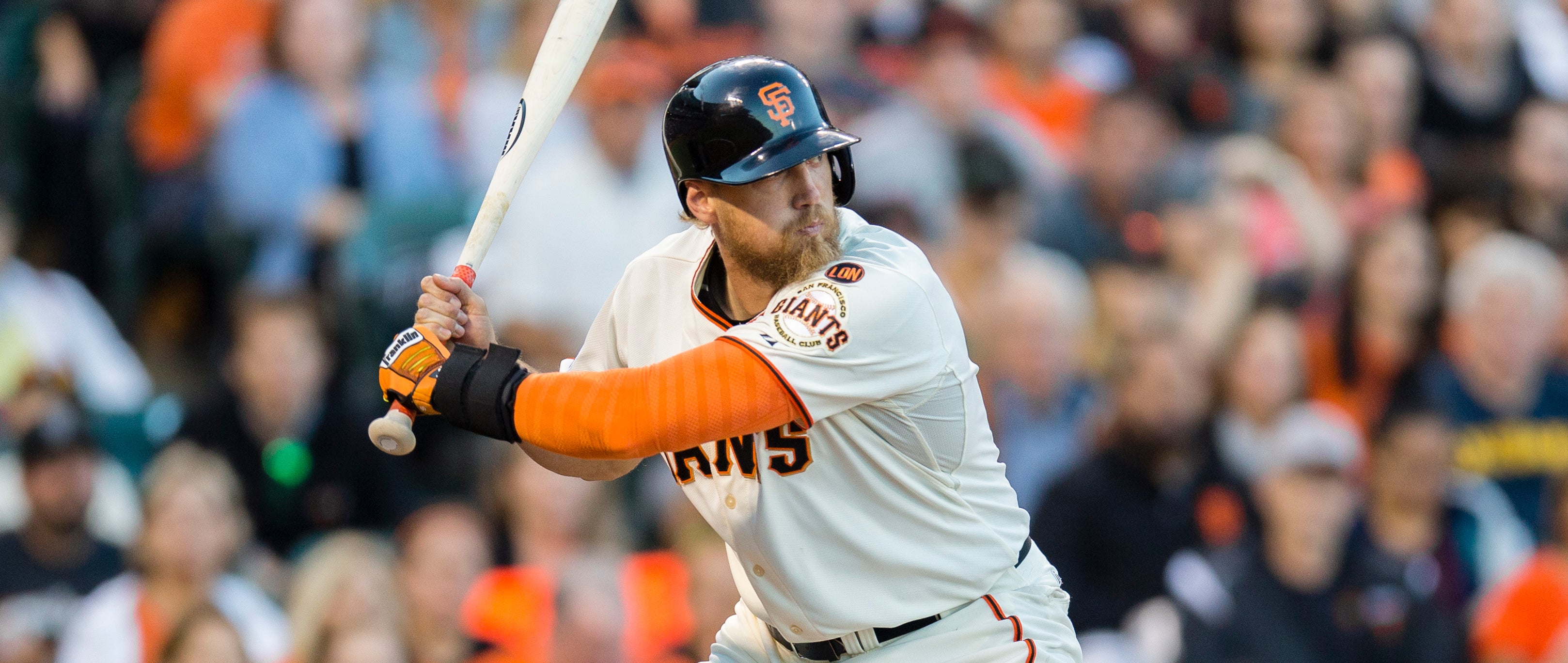- Home
- Our Stories
- #PopUps: Meb's First Pitch
#PopUps: Meb's First Pitch
Baseball and pop culture have intersected in America for more than a century. The National Baseball Hall of Fame and Museum takes a look at these cross-over stars and events in our web feature #PopUps.
The third Monday of April is a special day for the city of Boston and much of New England. Patriots’ Day is not only a recognized holiday by the Commonwealth of Massachusetts, but it also sets the scene for the Boston Red Sox to play an early day game (usually the only a.m. start for a game during a season) while eight communities are flooded with spectators who watch the Boston Marathon.
Distance running, like most other professional sports, has its premier events. In the United States, those premier events are the Chicago, New York City, and Boston marathons. However, unlike baseball and most other professional sports, these premier events are open to both the elite professionals and the amateur alike. While their start times may be different, the amateurs and the elites are running the same course at the same time and in the same conditions. This would be like amateurs playing on the same field simultaneously with the two teams playing in the World Series.
The Boston Marathon holds a special place in the hearts of those in the running community and Greater Boston. However, this particular day of cheering marathoners, watching the Red Sox, and a generally relaxed atmosphere was changed on April 15, 2013. Across America and the world, people stopped what they were doing to catch the news of what was happening in Boston. Two bombs ripped through the heart of Boston, only feet from the finish line. Four hours, nine minutes and 43 seconds after the Boston Marathon began, the first bomb went off, followed shortly by the second. The elite runners were long finished and recovering, safely removed from the blasts; the bombs were intended for when the majority of runners would be finishing, around the four-hour mark.
Three died and 264 were injured in the blast.
The Red Sox won their game in Boston that day against the Tampa Bay Rays, 3-2, and left to go play the next day in Cleveland. Maybe it was the sense that Boston needed some good news, maybe it was just the way the game was played, but the next day Boston routed the Indians, 7-2. The Red Sox would sweep the Indians and return to Fenway with a six-game winning streak.
It was not just the Red Sox who felt strongly about the attack. Teams across the country honored Boston in different ways. Most notable among the gestures was the decision by Boston’s longstanding rivals, the New York Yankees, to honor the Red Sox and the City of Boston by playing the famed Neil Diamond song, Sweet Caroline, after the end of the 3rd inning. Sweet Caroline has been a Fenway tradition, always sung in the middle of the 8th inning, since 2002.
Upon returning from their road trip on Friday April 19, the Red Sox were set to face the Kansas City Royals at Fenway. Yet, that morning, the Boston metropolitan area was placed under a “shelter in place” warning, as multiple police agencies searched for the two bombing suspects. As a result the game was postponed until Sunday, when the two teams would play a day/night doubleheader.
CAPTURED!!! The hunt is over. The search is done. The terror is over. And justice has won. Suspect in custody.
— Boston Police Dept. (@bostonpolice) April 20, 2013
By the time the Red Sox did take the field in Boston on Saturday April 20, it had been five days since the terrorist attack. The Red Sox showed their support for their home city, its citizens, and those affected by the bombing. The Red Sox quickly created an alternate home uniform to be worn as a show of support for the city of Boston. This jersey looked similar to the standard home jersey, but it included the city name of “BOSTON” across the chest, rather than the standard “RED SOX.”
Red Sox to wear white "BOSTON" jersey on Marathon Monday (4/21) --> http://t.co/CDmTYB6Neapic.twitter.com/7gCKjpMIjt
— Paul Lukas (@UniWatch) March 27, 2014
David Ortiz explained that the Red Sox made the change because they were playing for Boston and “our city.” Johnny Gomes recognized those killed in the attack by having a custom bat that stated “Boston Strong,” as well as the names of the three civilians who lost their lives in bombing. Gomes also included the name of MIT Officer Sean Collier, who was also killed while in pursuit of the suspects.
The Red Sox would go on to win the 2013 World Series. The parade to celebrate the team’s accomplishment made a stop at the marathon finish line, where the players set down the championship trophy and draped it with a Boston Strong 617 jersey. The number, 617, represents the area code for greater Boston.
Red Sox place WS trophy, covered in 617 #BostonStrong jersey, at Boston Marathon finish line (via @cbsboston) » pic.twitter.com/59gnXEQmFi
— SportsCenter (@SportsCenter) November 2, 2013
The Boston Marathon expanded the total number of runners allowed to compete in 2014 to allow for more to celebrate the city and show that terror would not keep them from running. Among those runners was a young man from Walton, N.Y., Scott Gleason. Scott finished in 74th place overall in a time of 2 Hours, 28 minutes and 12 seconds. Scott’s average mile was covered in 5 minutes and 40 seconds. Upon crossing the finish line, he was presented with the medal below. Any marathon medal is special, but this and the 2013 Boston Marathon medals hold a special place in the hearts of runners across the world.
In addition to the expanded number of racers, Boston’s marathon would be different in more ways in 2014. Security was tight and new restrictions were placed on what items spectators could bring. 2014 was the year that the race hoped to regain its glory. Little did anyone know, an American would win the race for the first time since 1983, and in doing so, would help Boston and America heal. Meb Keflezighi (kef-FLEZ-ghee) won the 2014 Boston Marathon in a personal best time of 2 hours, 08 minutes and 37 seconds. Several have compared Meb’s 2014 win to Mike Piazza’s “Homerun That Helped NY Heal” in 2001
Two days after becoming a household name across the country, Meb received an invitation to Fenway Park, where he jogged out of Boston’s home dugout to the pitcher’s mound. He wore a “Boston Strong” hat with the Red Sox logo, along with a Red Sox jersey with the name Meb on the back and the number 26.2, representing the number of miles in a marathon. Once on the mound, he wound up and delivered a strike, which elicited a roar from the Boston crowd. Meb’s accomplishment on the streets of Boston and on the diamond would become forever enshrined on a baseball card in Topps’ 2015 First Pitch Series.
#20140421 WSJ: Meb Keflezighi crosses the finish line to win the Boston Marathon: http://t.co/yof0HFW5Vd (Getty) pic.twitter.com/1RofZJb6np
— NewsFlashback (@NewsFlashback) October 8, 2015
Nate Tweedie is the manager of on-site learning at the National Baseball Hall of Fame and Museum
More #Popups
Mentioned Hall of Famers
Related Stories

#CardCorner: 1971 Topps Jerry Grote

#CardCorner: 1969 Topps Manny Mota
Baseball Luminaries Heading for Cooperstown for Hall of Fame Classic
1985 Hall of Fame Game
BL-175.2003, Folder 1, Corr_1971_02_09

#CardCorner: 1967 Topps Joe Foy

Torre, Stargell homer in Braves’ debut in Atlanta

Card Corner: 1979 Topps Don Stanhouse

1940 Hall of Fame Game
1950 Hall of Fame Game
01.01.2023
Stars Return to Cooperstown May 27 for Ninth Annual Hall of Fame Classic
01.01.2023
Hall of Fame Classic Tickets on Sale Today for Museum Members
01.01.2023











